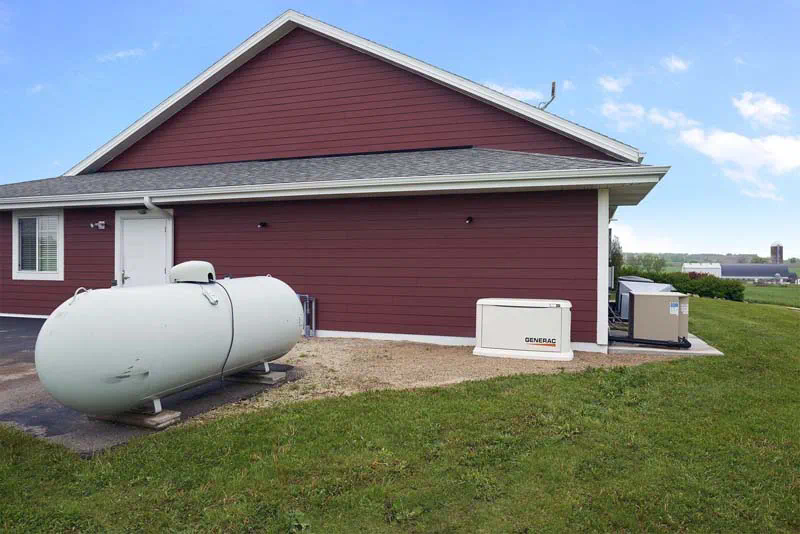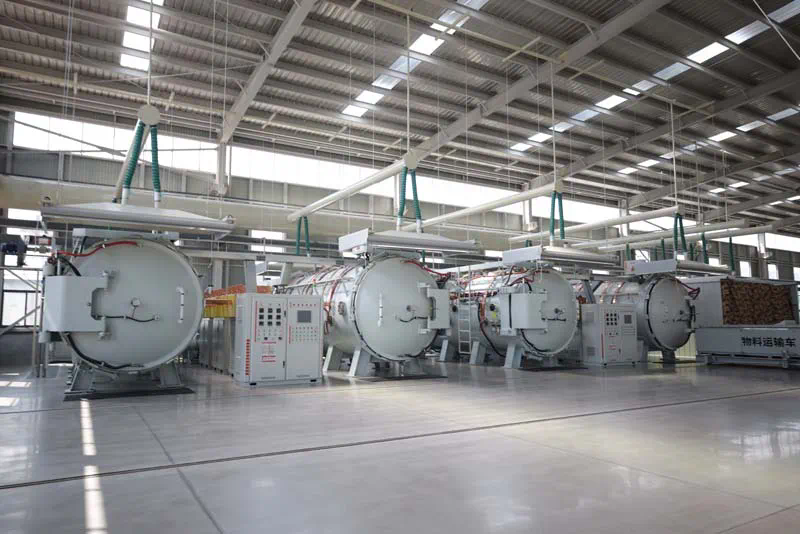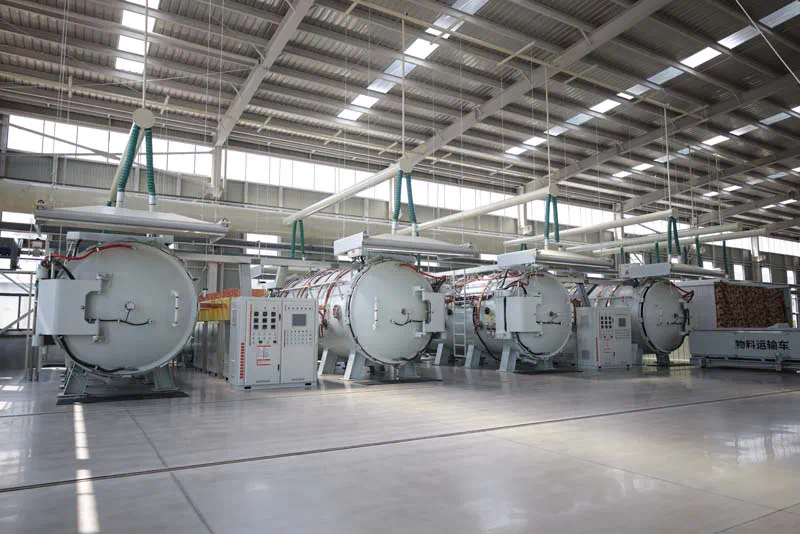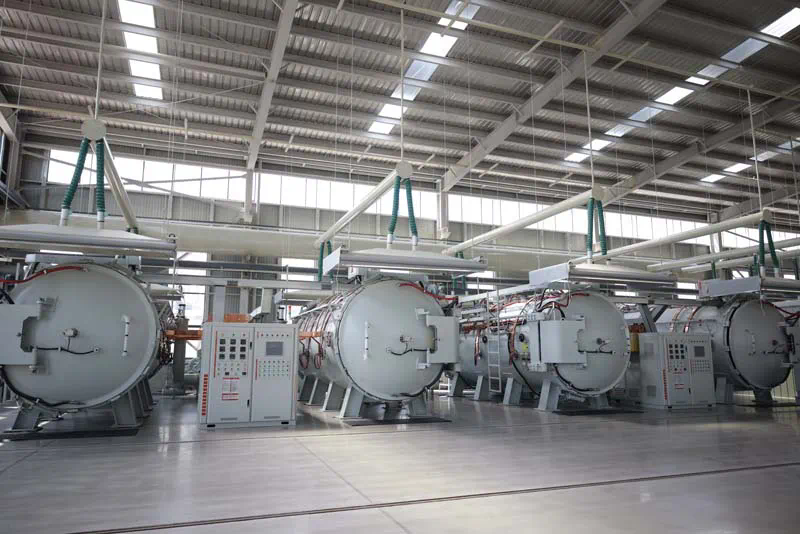Glass lined reactors are integral to chemical and pharmaceutical industries, offering a robust containment vessel for various processes. This article delves into the critical aspects of wear and life assessment associated with glass lined reactors, exploring their design considerations, operational challenges, maintenance strategies, and methods for evaluating their lifespan.
Design Considerations and Construction

Glass lined reactors are typically constructed using a steel shell lined internally with glass. This construction combines the strength of steel with the corrosion resistance of glass, making it suitable for handling corrosive materials in chemical processing. The design must consider factors such as temperature and pressure variations, mechanical stresses, and compatibility with the chemicals involved.
Types of Wear in Glass Lined Reactors
Chemical Erosion
Chemical erosion occurs due to the reaction between the glass lining and the chemicals processed within the reactor. This can lead to gradual deterioration of the glass lining over time, affecting its integrity and lifespan. Factors influencing chemical erosion include pH levels, temperature extremes, and the concentration of corrosive substances.
Mechanical Wear
Mechanical wear results from physical forces acting on the reactor during operation, such as agitation, thermal cycling, and the impact of solid particles suspended in the process fluids. These forces can cause abrasion or impact damage to the glass lining, compromising its structural integrity and longevity.
Operational Challenges and Their Impact
Operating conditions play a crucial role glass lined reactor mechanical seal in determining the lifespan of glass lined reactors. Factors such as temperature fluctuations, pressure variations, and the frequency of cleaning and maintenance routines can significantly influence wear patterns and the overall durability of the reactor.
Maintenance Strategies for Prolonging Lifespan
Routine Inspection and Monitoring
Regular inspections are essential to detect early signs of wear or damage to the glass lining. Non-destructive testing methods such as ultrasonic testing, visual inspections, and thickness measurements can help identify weak spots and areas prone to corrosion.
Surface Protection Techniques
Applying protective coatings or linings to vulnerable areas can mitigate the effects of chemical erosion and mechanical wear. These coatings act as a barrier against corrosive substances, extending the lifespan of the glass lined reactor and reducing the frequency of repairs or replacements.
Life Assessment Methods
Predictive Modeling and Simulation
Advanced computational techniques allow engineers to simulate the operating conditions of glass lined reactors and predict potential wear patterns. Finite element analysis (FEA) and computational fluid dynamics (CFD) help optimize design parameters and enhance the durability of the reactor under varying process conditions.
Failure Analysis and Case Studies
Studying past incidents and failures provides valuable insights into the performance of glass lined reactors in real-world applications. Case studies involving reactor failures due to wear or operational issues offer lessons for improving design, maintenance practices, and safety protocols.
Emerging Technologies and Innovations
Advanced Materials and Coatings
Research continues to focus on developing new materials and coatings with enhanced corrosion resistance and mechanical properties. Nanostructured coatings and composite materials show promise in extending the lifespan of glass lined reactors and improving their performance in aggressive chemical environments.
Smart Monitoring Systems
Integration of sensors and IoT-enabled devices allows for real-time monitoring of operating parameters such as temperature, pressure, and pH levels inside the reactor. This data-driven approach enables proactive maintenance and early detection of potential issues before they escalate into costly repairs or downtime.
Conclusion
In conclusion, the wear and life assessment of glass lined reactors is a multifaceted aspect of process glass lined reactor safety engineering, encompassing design considerations, operational challenges, maintenance strategies, and advanced evaluation techniques. By understanding the factors influencing wear and degradation, implementing robust maintenance protocols, and leveraging emerging technologies, industries can optimize the performance and longevity of glass lined reactors in chemical processing applications.
https://smartfactoryinsights.com/


